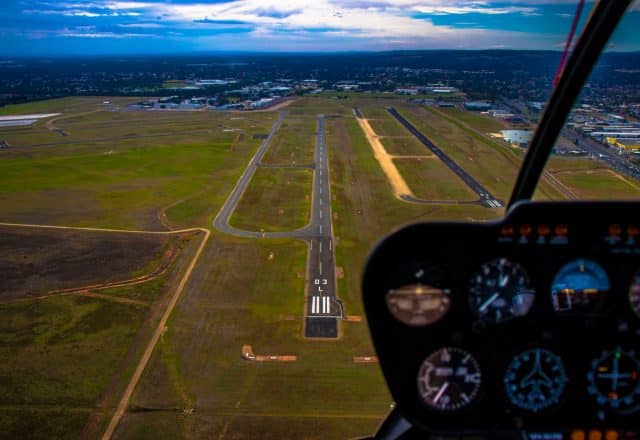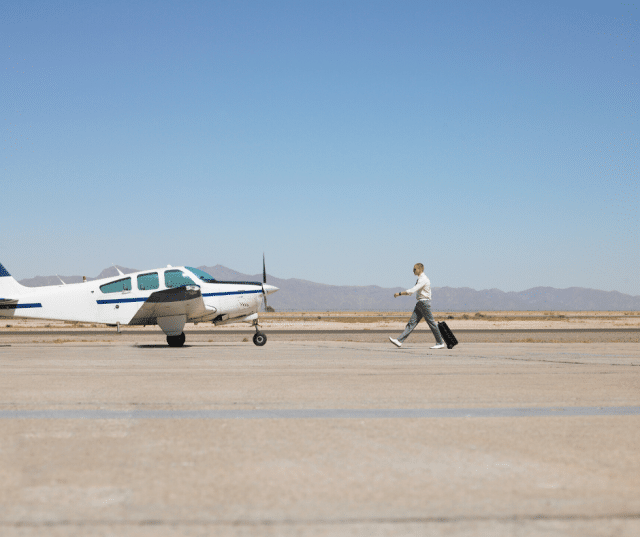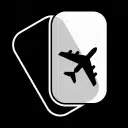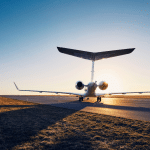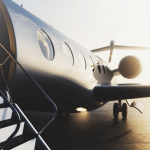Runway Length: What It Means for Turboprop Charters
As a traveler with Stratos Jet Charters, you probably don’t give much thought to runway lengths. It’s just part of the trip. However, runway lengths are a huge safety factor in determining which aircraft type we recommend. At the most basic level, some aircraft are incapable of taking off or landing on a short runway. While this may be obvious for large heavy jets, how does it impact smaller turboprop charters? We look at factors such as aircraft type, air density, and runway length to keep you safe.
Selecting the most appropriate turboprop charters
turboprop charters are a popular option for travelers heading to more remote destinations.
The main consideration is the aircraft type that suits your mission. We’ll ask about your group size, the destination, and if you need extra amenities such as additional cargo space or perhaps VIP luxury comforts. With that information, we can choose an aircraft from our network, ranging from a 4-seat turboprop charter to a 500-seat airliner, depending on your requests. We also go one step further and check the aircraft’s statistics: maximum take-off weight, engine thrust, and take-off speed.
Why is this crucial for safety?
Because, though runway length does not vary, air density does. Air density (or the lack of it) directly affects how much lift an aircraft wing generates. Mountainous airports such as Aspen require longer runways because the air is too thin to create lift under your aircraft’s wing. As a general rule, turboprop charters need about 2,800 feet of runway at sea level. But, for every 2,000 feet of elevation above sea level, airports need an additional 1,000 feet of runway. If this sounds like a lot to consider — don’t worry. Our charter agents and pilots do the math to ensure your aircraft and runway meet the criteria. The DeHavilland DHC-6 is rugged enough and versatile enough to handle any mission you ask of it.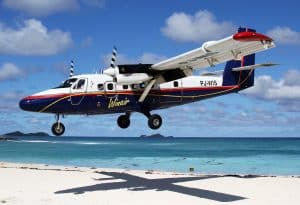
What does this mean for you?
Though we strive to please in every aspect of travel, you may not get the aircraft you want for a certain mission. For example, a comfy Citation Excel might be perfect to fly your group to Vegas (9,000-foot runway) but would never be able to land at the airstrip in St. Barths (2,170 feet). For that, we would recommend a short-runway aircraft, like a nimble DeHavilland DH6.
Your safety will always be our priority. Though our larger aircraft generate more revenue per hour than our smaller turboprop charters, we will not suggest an oversize aircraft for a smaller runway. We have built our reputation on providing the perfect on-demand charter aircraft for your specific needs. Count on it.
Experience the remarkable safety and luxurious customized comfort with turboprop charters through Stratos. Call a private flight advisor and Soar Higher — 888-593-9066
Are you ready to book your Paris and London charter flight yet?
Our friendly, expert air charter agents are here to answer questions or start your quote today. Don`t wait, call now and we'll get you on your way to your destination!
Call 888-593-9066